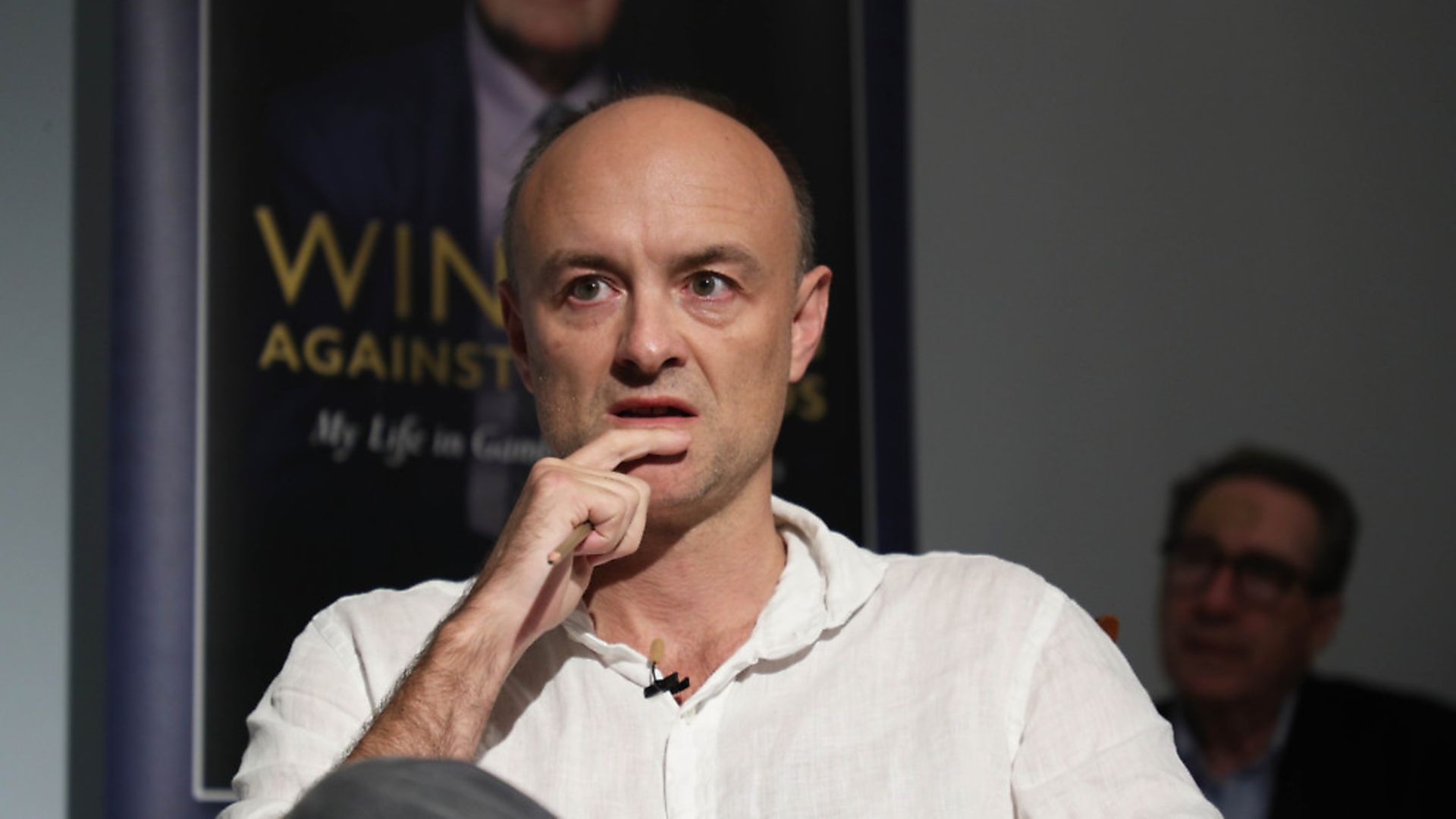
ANDREW ADONIS did what Dominic Cummings urged political pundits to do – to read the work of Philip Tetlock. Here is what he learned…
Maybe like you, dear reader, I had never heard of ‘superforecasting’ until Andrew Sabisky, a practitioner of it, appeared in 10 Downing Street this week, disappearing a few days later once his repugnant right-wing views on eugenics, race and women hit the media.
An angry Dominic Cummings, who hired him, told journalists questioning his recruitment that they should read Philip Tetlock, a University of Pennsylvania political science professor who invented the discipline.
So I have read Tetlock. And what I learn is that superforecasting is a reputable attempt to apply modern analytical and statistical practice to the art of forecasting events. It seeks to do to prediction what opinion polling did to social surveying a generation ago: to turn an art – or worse, decisions by pure hunch – into something more of a science.
By comparing trained superforecasters with people who are simply knowledgeable about a particular sphere, but not about probabilities and event patterns, Tetlock shows that they consistently outperform the ‘experts’ in predicting the likelihood of events. In his graphic phrase, prediction without applying superforecasting techniques is “roughly as accurate as a dart-throwing chimpanzee”.
This is commendable. Aid agencies, for example, now apply superforecasting to identifying the likelihood of droughts becoming famines. Nato strategists are using it to predict the likelihood of Russia invading Estonia. Political scientists can use it to predict when chancellor Merkel will eventually retire and the likelihood of Trump getting a second term. It is all done in the form of constantly changing probabilities.
As a subscriber to the mantra that ‘without data you are just another person with an opinion’, I like the idea of superforecasting and I confess I hadn’t realised it was a specific discipline with a growing track record, including a club of grand master superforecasters called The Good Judgement Project.
We should indeed apply superforecasting more systematically to government. Like systematic opinion polling, it is an aid to decision-makers and informed debate. It is ideologically neutral, unless you have a bias in favour of ignorance. This is all good. Thank you, Mr Cummings.
However, this alone does not explain the recruitment of Sabisky, who as well as being a superforecaster is extremely right-wing. He is a younger Cummings: a bright disruptor with controversial views about elitism, populism and eugenics which tilt at the establishment in the name of, well, a new establishment promoted by angry iconoclasts like Cummings and Steve Bannon.
For Cummings and his superforecasters are not, as they claim, objectively applying science to government and politics. Rather, they are taking their right-wing prejudices and using modern predictive, marketing and social media methods to work out which ones they can get past the electorate, courtesy of Boris Johnson who latched on to Cummings precisely because he was so effective at so doing.
This is how we ended up with Brexit, which Cummings predicted early on could be turned into an anti-establishment and anti-immigrant triumph against distant elites fiddling while Rome burned after the 2008 recession.
Cummings has created his own sub-discipline of superforecasting which predicts which established institutions or projects can be brought down most easily to create space for new right-wingery. In the last week alone he has launched attacks against the Treasury, HS2 and the BBC.
The anti-Treasury tilt succeeded in destroying a cautious chancellor, Sajid Javid. Anti-HS2 failed because Johnson likes big infrastructure projects and over-ruled his adviser, although he was correct about its vulnerability – like all big infrastructure – to cost overruns and temporary unpopularity. As for the battle against the BBC, that is work in progress.
The weakness of this approach is becoming steadily clearer. Cummings is good at destroying, and at marshalling more techniques to dismantle the existing fabric in the name of populism. But he doesn’t have much idea what to put in its place. Or rather, the sort of Sabisky things he may want to put in its place aren’t what a majority of the voters remotely want.
My superforecast? Iconoclasts like Cummings rarely last long. They get bored, disillusioned and overreach. But he has lasted far longer than is healthy, thanks to the Labour leadership of Jeremy Corbyn, whose failure required no superforecaster. And he may do a lot more damage yet.









